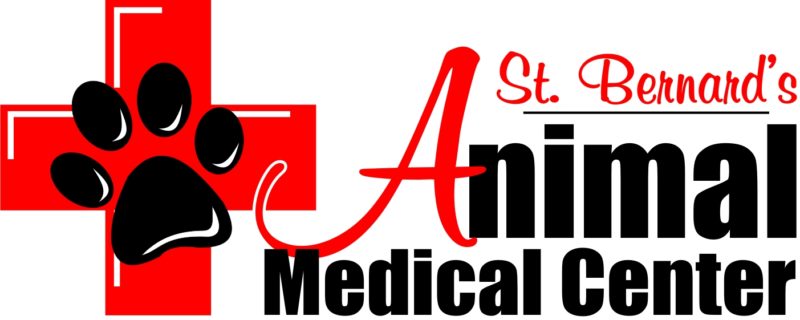Q & A: Spay/Neuter Tattoos
By Dr. Kim Everson, DVM
Question: We just adopted a retired puppy mill breeding dog and noticed a strange green mark on her belly. We are almost afraid to hear the answer, but what could they have done to her that caused such a mark?
Answer: Congratulations on your new family member! And thank you for rescuing an adult dog in need of a forever home.
Undoubtedly your new pet lived through unthinkable neglect and hardship as a puppy mill breeding dog. The good news is that green mark on her belly is most assuredly a symbol of her liberation! Many veterinarians now place a tattoo on shelter, rescue or even pet dogs and cats to show they have been spayed or neutered.
Having an external permanent marking to show which animals have been already been “fixed” not only saves time and money in the effort to prepare animals for their new homes, but also spares the animals an unnecessary surgery. Such a designation is most helpful in later identifying sterilized female animals because you cannot tell at a glance whether females still have their reproductive organs. On the contrary, visual or manual examination of a male dog or cat quickly reveals the presence or absence of testicles. The rare exception is a male dog or cat whose testicles did not descend into the scrotal sac but are retained in the abdomen. This is termed cryptorchidism, and is a condition that makes neutering very important to prevent development of testicular cancer.
The appearance of spay and neuter tattoos varies greatly depending on the application technique, but the result is some sort of blue-green permanent mark on the belly near the surgical site. I have seen “X-es”, identification numbers, and straight lines of various sizes. I have seen tattoos that scream out to be noticed and others that require careful examination to be seen.
Another technique for identifying cats that have been spayed or neutered is ear notching or ear tipping. This is usually performed on feral or free-roaming cats as part of “TNR” or “Trap, Neuter, Release” programs. While the cat is still anesthetized, a V-shaped notch is removed from the top of one ear. Alternatively, the top pointy part of one ear may be cut off to leave a flat edge. This technique allows a concerned citizen to identify from a distance which cats have already been fixed. The benefit of “TNR” programs is that sterilized free-roaming cats help prevent new (unsterilized) cats from moving into a neighborhood, thus controlling over-population. For this purpose, “TNR” marked cats should not be trapped or brought to an animal shelter unless they are sick.
Yet another way to identify whether a dog or cat has been spayed or neutered is by its microchip. A microchip is a tiny unique serial number implanted under the skin of many animals to help reunite them with their family if they become lost or stolen. The presence of a microchip does not guarantee a pet has been spayed, but it increases the likelihood that someone once made a surgical investment in the animal. Moreover, the microchip database indicates the sterilization status of the animal as well as the registered owner.
Once in a great while physical examination of a stray animal will reveal noticeable scar tissue at the sterilization site on the belly, but this is not a common finding. Tattooing, ear notching and microchip registration all serve the same purpose – to save an animal from experiencing unnecessary future abdominal surgery. I suspect that as more and more animals are adopted from puppy mills, local shelters and nationwide rescue organizations, green belly mark tattoos will become all the rage!
Originally printed in Pet Journal, June 2013
